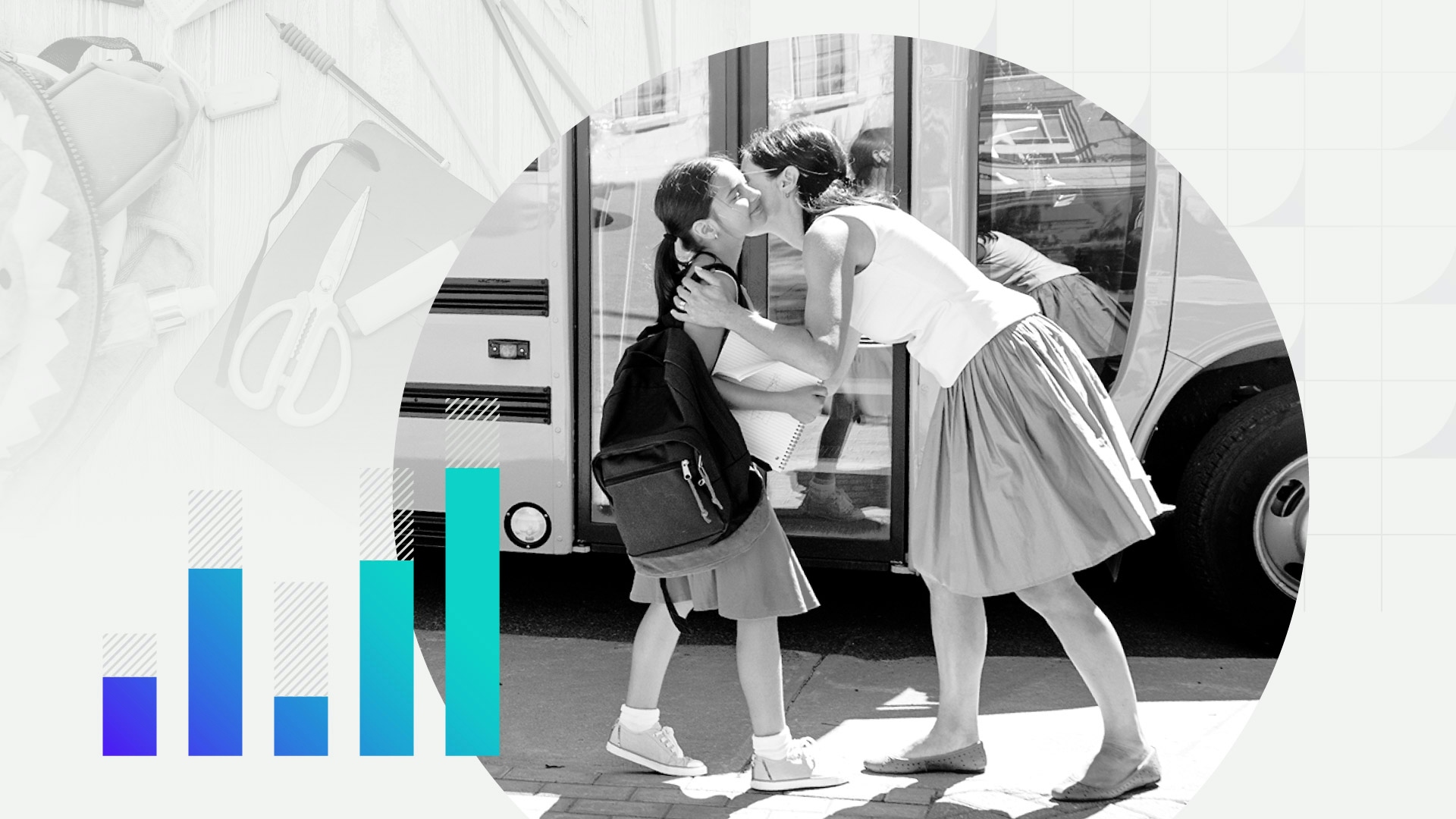Back-To-School Shoppers Are Already Noticing Higher Prices

Key Takeaways
Parents are already noticing higher prices for back-to-school shopping: 57% of parents who have started shopping say school supplies cost more than they did last year.
Parents plan to spend about the same amount as they did in 2024 on all their back-to-school shopping, with clothing taking up the largest share of that budget.
Balancing this necessary spending with other household expenses means forgoing some purchases, cutting back elsewhere or taking on debt.
Data Downloads
Pro+ subscribers are able to download the datasets that underpin Morning Consult Pro's reports and analysis. Contact us to get access.
Sign up to get the latest global brand, media and marketing news and analysis delivered to your inbox every morning.
Summer is tough on parents, with shuffling camp schedules, less structure and the constant battle to get sunscreen on kids. Amid all of that also comes back-to-school shopping, which is looking more expensive for families this year.
Most parents won’t start shopping until later in July or early August, when the major summer sales offer a little respite from inflation’s impact on their household budgets. The parents who have already gotten a jump on shopping are noticing higher prices on kids clothes, school supplies, and everything else they need for this year, and that’s before the full impact of new tariff policies have been felt for consumers.
Parents blame inflation for higher back-to-school prices
For the 34% of parents who have already started their back to school shopping, sticker shock is hitting hard. Most parents who have started shopping observed higher prices than what they recall from last year’s shopping in all tested categories. A majority (59%) believe that inflation in general is causing these price increases, while 37% blame tariffs specifically.
Back-to-school shoppers are noticing higher costs across the board
Affording a more expensive back-to-school season means many families will cut back on other expenses (39%), take on credit card debt (28%), or simply forego certain items (26%). Paying off the expense a little at a time is another tactic some will choose: nearly one-in-five (17%) say they will use buy now, pay later loans to cover back-to-school costs.
Families trying to save will of course take advantage of summer sales, with 46% planning to shop Amazon Prime Day for back-to-school, and 29% planning to take advantage of other summer sale holidays.
Back-to-school budgets mirror 2024 spending
When asked how much they plan to spend on back-to-school overall, parents’ budgets are similar to 2024, with a plurality saying they anticipate spending between $251 and $500. That might mean buying fewer or lower cost items than what parents bought last year to compensate for higher costs.
Back-to-school budgets are generally consistent with last year’s
Clothing comprises the largest share of that budget, so tariffs’ impact on the apparel industry will be particularly painful for parents this season. Electronics and home goods — the latter a necessity for dorm-bound students — also require higher spending levels for parents outfitting their kids with those necessities (and nice to haves).
Clothing takes up the largest share of back-to-school budgets
Secondhand shopping will also help parents save, specifically on books, electronics and clothing, which roughly 1 in 10 parents plan to shop for secondhand. School supplies that get used up every year are most likely to be purchased new.